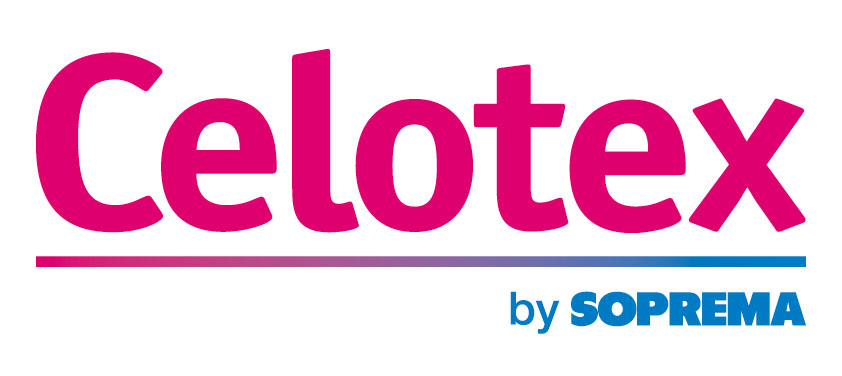Polyisocyanurate (PIR), glass mineral wool and blown insulation products may be specified as full and partial fill insulation solutions to improve the U-value of a masonry cavity wall. Choosing between full and partial fill installation and subsequently selecting the correct insulation type is essential in terms of compliance with Building Regulations and is crucial to the energy performance and the carbon footprint of a building. There is a variety of products available for full fill cavity insulation. PIR, glass mineral wool and blown insulation offer different properties and specification will depend on the client’s needs and building performance requirements. Full fill solutions are designed to prevent moisture movement through the cavity, eliminating the need for a clear cavity that is required when partial fill insulation products are installed. The distinctions between cavity insulation products available on the market are often subtle, but it is crucial that the right products for a project are selected to achieve optimum performance of the cavity wall insulation. All cavity wall solutions must have third-party certification, confirming they are fit for purpose. These solutions must also be specified and installed in accordance with the relevant certifications. We will now explore the benefits of PIR as cavity insulation in the context of full and partial fill installation.
| PIR | Glass mineral wool | Blown Insulation | |
|---|---|---|---|
| Full fill | √ | √ | √ |
| Partial fill | √ | X | X |
PIR cavity insulation for masonry cavity walls
The key advantage of PIR cavity insulation boards, whether for partial or full fill construction, is their low thermal conductivity that translates into a thermal performance that is commonly 50% higher when compared to alternative insulation materials. The addition of an aluminium foil facer helps improve the thermal performance of any air cavity the PIR board faces into. Traditional PIR boards with square edges are frequently used for partial fill insulation with the residual cavity creating an effective barrier to the passage of moisture. As requirements for thermal performance of building envelopes increase in line with the updates to energy efficiency regulations, PIR boards are becoming more prominent as a full fill installation too. By filling the cavity with thermally efficient insulation, the achievable U-value of the masonry cavity wall is improved compared to a partial fill solution, without increasing the overall thickness of the construction. Further improvements can be made to the U-value by choosing a solution with a lower lambda value, such as Celotex Thermaclass Cavity Wall 21 with a thermal conductivity of 0.021 W/m.K. The design of the PIR board’s profile for full fill application can in some cases differ from that of partial fill. In this case the straight edges are replaced with rebated edge profiles, resulting in interlocking joints that help prevent moisture from penetrating through the insulation layer.
How does Thermaclass Cavity Wall 21 change the way we think about cavity way insulation?
Innovation in the design of full fill PIR cavity wall insulation, as seen with Celotex Thermaclass Cavity Wall 21, means that the U-value of masonry cavity walls can be significantly improved. Suitable for use in all but the most severe exposure zones, Thermaclass Cavity Wall 21 features tongue and groove edge profiles, a low emissivity foil facing, and a thermal conductivity of just 0.021 W/mK that helps to deliver lower U-values compared to other cavity wall build-ups of equivalent thickness. Celotex Thermaclass Cavity Wall 21 is a result of research, innovation and development of insulation technology and product design that can help improve the thermal comfort of buildings. It means the higher thermal performance of the building envelope can be maintained whilst allowing for a thinner design of the cavity wall of a building. You can download the full Thermaclass Cavity Wall 21 product brochure, datasheet and installation guide here.
